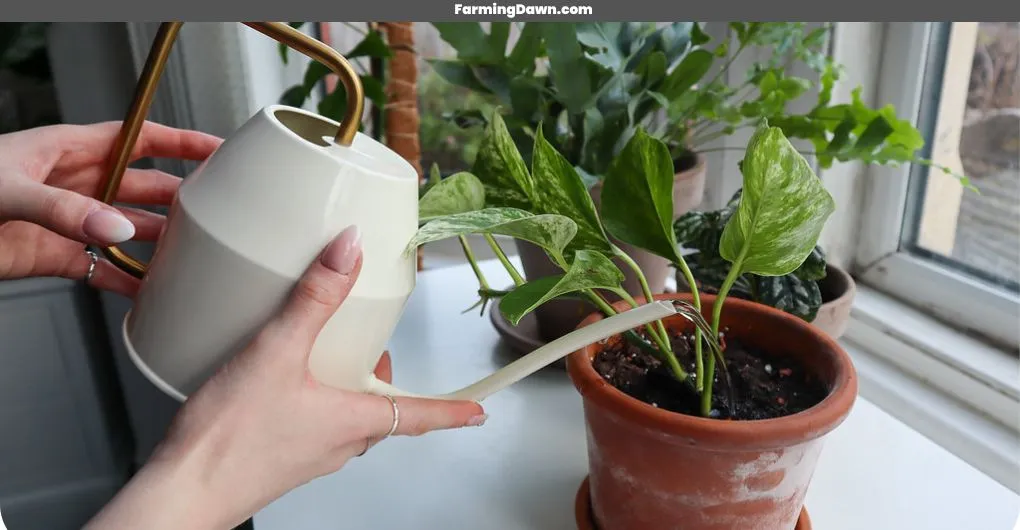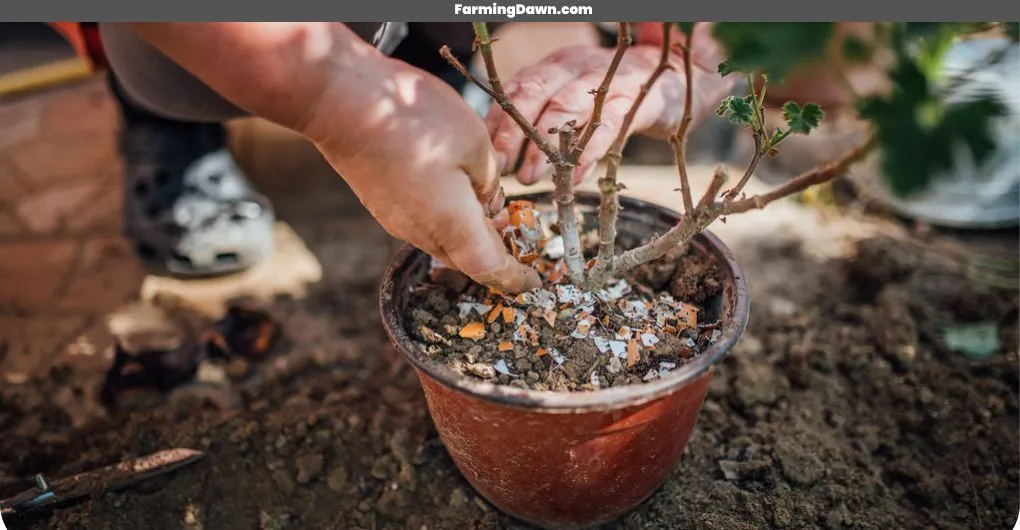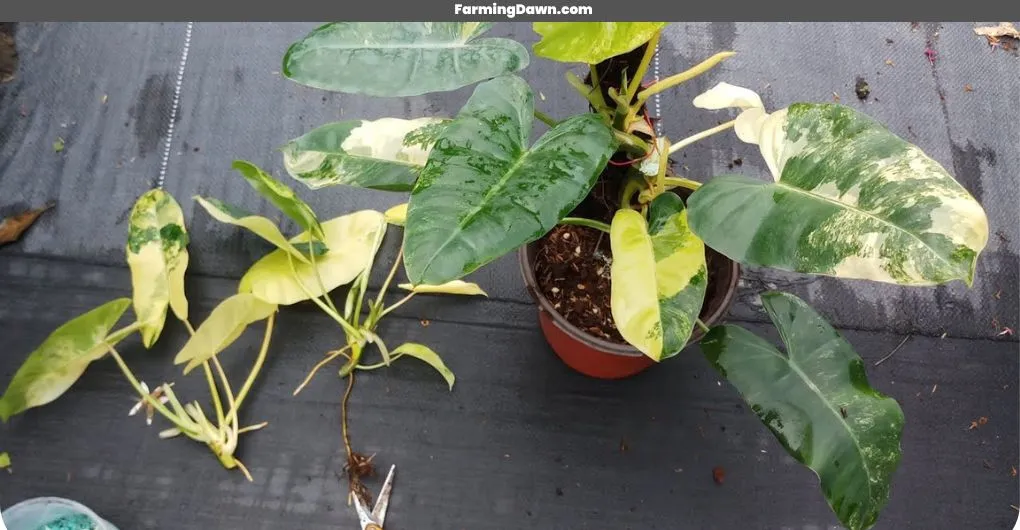If you’re into houseplants, then you must have heard of the Philodendron Burle Marx. It’s a pretty popular choice for people who are looking to add some life and vibrancy to their home or garden. This article will cover an overview of this beautiful plant, its characteristics, care instructions, growth pattern, and propagation tips.
So read on if that sounds like something you’d be interested in learning more about! If you’re a novice with plants or already consider yourself an expert gardener, I’m sure you’ll find something valuable in this guide about caring for your beloved Burle Marx Philodendron.
Overview Of Philodendron Burle Marx
The Philodendron plant is an amazingly designed plant, boasting over 500 species and growing up to 3 feet tall. It’s a popular choice for adding color and texture to any home or garden due to its striking foliage of deep greens, yellows, oranges, and creams.
Caring for the Burle Marx Philodendron is fairly simple; it only requires regular watering (once every two weeks) in order to keep it healthy. And with proper care, this amazing houseplant can grow significantly within just one year, making it a great way to quickly add some life to your living space!
Related: Learn How to Care for Hoya Sunrise.
Here take a quick overview of this beautiful plant.
| Common Name | Burle Marx Philodendron |
| Scientific Name | Philodendron Burle Marxii |
| Family | Araceae |
| Origin | tropical jungles of Brazil |
| Identification | Emerald-green elongated heart-shaped leaves and reddish stems |
| Size | 2-3 feet tall and 2-3 feet wide |
| Soil | Well-draining soil |
| Water | Keep moist |
| Temperature | 64-80F |
| Sunlight | Bright indirect sunlight |
| Toxicity | Toxic to humans and pets. |
| Soil pH value | 5.6 to 6.5, or acidic to mildly acidic |
| Growing Season | Spring and Summer |
How To Take Care Of A Philodendron Burle Marx Variegated?
Caring for a philodendron plant is like caring for an old, wise friend; it needs just the right amount of attention and love to truly thrive. In this section, I’ll break down everything you need to know about providing your plant with all it needs to be its best self.
See more: How to take care of Philodendron Moonlight?
Philodendron Burle Marx Care |
Tips & Tricks |
| Light: Medium indirect light | Place near a window but not directly in sunlight |
| Temperature: 18°C – 26°C | Keep away from radiators or direct heat sources |
| Humidity: 60%+ | Mist regularly or place on a humidity tray |
| Watering: Once every 2-3 weeks | Avoid overwatering; check soil moisture first |
| Soil: Well-draining potting mix | Repot annually using fresh soil |
It can seem daunting at first, but getting started is easy!
Light Requirements
When it comes to the care of your philodendron burle marx, one thing is for sure: light requirements are essential. This plant loves bright but indirect sunlight, so be sure to find a spot in your home that gets plenty of natural light without being too close to any windows or doors.
To ensure they thrive, you’ll need to give them periods of direct sun throughout the day and supplement them with a grow lamp if necessary. If your philodendron isn’t getting enough sunlight, its leaves will start to yellow and curl up at the edges. And trust me when I say this isn’t something you want!
So make sure they get more than enough natural light each day and watch as your beautiful burle marx philodendron grows healthier by the minute!
Water Requirements
The Burle Marx is a beautiful and captivating variegated plant with bright, eye-catching foliage. It’s no wonder that many of us in the gardening community flock to it! This popular tropical houseplant needs plenty of water to stay healthy, as this is key for its growth and propagation.
| Water Frequency | pH Level |
| Weekly | 5-6.5 |
| Monthly | 7 – 8 |
It’s important not to overwater your Burle Marx Plant, as too much water can lead to root rot and other issues which could cause stunted growth or even death in extreme cases. To know when your plant needs watering, stick your finger into the soil up to two inches deep, if it feels dry at this depth then you should give it some H2O!

The ideal pH level for the plant’s soil should range from 5-6.5 on a weekly basis, while monthly testing should be done between 7-8pH levels. If these numbers start falling outside of their ranges then you can add lime or sulfur depending on where they are off balance in order to bring them back within range.
Temperature And Humidity
When it comes to temperature and humidity, the variegated Burle Marx Philodendron is a hardy plant. It will tolerate warm temperatures but prefers cooler areas for optimal growth. The ideal temperature range for this type of philodendron is between 65°F – 80°F (18°C – 26°C).
As far as humidity goes, you’ll want to keep your variegated Burle Marx Philodendron in an environment with high relative humidity levels; 70% or more would be best.
If you find that the air in your home isn’t quite humid enough, try grouping several plants together in one pot or place them on top of a shallow tray filled with pebbles and water so they can absorb moisture from the air around them. Just make sure there’s no standing water—you don’t want root rot!
Fertilizing
Now that you know the temperature and humidity needs, it’s time to learn about fertilizing. When it comes to keeping your burle marx philo healthy, regular fertilization goes a long way! Feeding your plants with balanced liquid fertilizer is an easy option as they provide all the essential nutrients needed.
You can also use slow-release pellets or granules, which will help maintain steady levels of nutrition over time. Remember to not overfeed, as this could lead to nutrient burn on the leaves. Keep an eye out for signs such as yellowing or wilting so you can adjust accordingly!

Repotting And Pruning
When it comes to repotting and pruning your Burle Marx plant, the key is to take care of them but also give them enough space to grow. You want to make sure that you’re giving this variegated beauty enough room in its pot so it can thrive!
As a general rule, I like to re-pot my Burle Marx plants every two years or whenever their current container looks too small for them.
When propagating new Burle Marx plants from cuttings, be sure to use fresh soil and place the cutting somewhere with indirect light until roots start forming. Prune away any dead leaves and stems as needed so your plant can stay healthy and keep on growing strong!
How To Propagate Philodendron Burle Marx?
In this section, we’re gonna talk about propagating this beautiful plant! Let’s start with using cuttings; this is a great method for those who are looking for a quick way to increase their plant’s population. Layering is the next option, it’s a great way to propagate the Philodendron if you’re looking for a more gradual approach.
And at last, the division is a also great option if you’re looking to take an already established group of plants and just split them up. All three methods are great options when it comes to propagating Philodendron plant so it’s up to you to decide which one’s best for your needs!
Learn more: How To Propagate Alocasia Zebrina?

Cuttings
Nothing is more satisfying than propagating your own philo burle marx or variegated burle marx philodendron from cuttings. Taking a cutting, rooting it, and watching as the new plant grows into its own individual, that’s an experience unlike any other!
It can be difficult to get started but once you know how to do it properly, there’s no stopping you. Just remember to take healthy cuttings with at least one node each and make sure they’re planted in moist soil. With a little bit of patience and TLC, soon enough, you’ll have plenty of beautiful plants growing right before your eyes!
Layering
Layering is a simple process that involves taking part of an existing mature plant, burying it in soil, and allowing it to develop its own roots before being removed from the parent plant. With this technique, you can create multiple copies of your favorite plants quickly and easily!
Plus, you get to watch as each one takes root and develops into its own individual specimen, something I just find so satisfying. So why not give layering a try? You won’t regret it!
Division
Now, let’s move on to division! It’s a great way to propagate philodendron burle marx variegated and get multiple copies of your favorite plant. Divide the root ball of an existing mature plant into several different parts with each one having its own set of roots.
By doing this you essentially have created small clones of your original plant, how cool is that? Plus, it gives you the chance to share these beautiful plants with friends or family who also appreciate their beauty and can care for them properly. So why not give the division a try? You won’t be disappointed!
Common Issues With Philodendron Burle Marx
Sometimes, even with the best of care, your variegated philodendron burle marx can have issues. Troubleshooting common issues is important and helpful for keeping your burle marx monstera healthy and happy. The table below outlines some of the most common Burle Marx problems you may encounter along with their causes and solutions:
Problem |
Cause |
Solution |
| Wilting leaves or drooping stems | Not enough water or too much sun exposure | Increase watering frequency or move to a shadier spot |
| Yellowing leaves | Too much fertilizer, not enough light, underwatering/overwatering | Gradually reduce the amount of fertilizer used, ensure proper lighting levels, and adjust the watering schedule accordingly (see above) |
| Brown spots on leaves | Sunburn due to excessive direct sunlight exposure or fungus/disease infection | Move plant away from window/direct sunlight; treat any fungal infections immediately according to instructions on the packaging label of the fungicide product being used |
To prevent these common issues from occurring in the first place, make sure that you are providing your plant with the right environment, good soil quality, adequate moisture levels at all times, correct temperature range, sufficient humidity level, and appropriate amounts of sunlight.
With regular inspections (at least once every few weeks), timely intervention if needed, and caring attention devoted to its needs – your Philodendron Burle Marx will reward you with lush foliage and beauty!
Frequently Asked Questions Related To Philodendron Burle Marx
Is Philodendron Burle Marx a climber?
This plant is an impressive climber that can be trained to grow in various directions, according to your liking. Its lush and striking foliage evokes a sense of exotic jungles, with its leaves adorned in a deep green hue. Given optimal conditions, this plant can grow at a fast pace and can quickly expand to fill its surroundings.
Originally hailing from the tropical rainforests of Brazil, this plant can be found growing in clumps as both ground cover and as a climbing vine.
Can Philodendron Burle Marx Grow In Water?
Yes, Burle Marx Philodendron can grow in water, and it is often propagated through water propagation by taking stem cuttings and placing them in a container of water until roots develop.
How Big Do Philodendron Burle Marx Get?
It can grow from 2-3 feet tall and 2-3 feet wide, with large heart-shaped leaves that are dark green in color.
Is Philodendron Burle Marx Toxic?
Yes, this plant is toxic to humans and pets if ingested. The plant contains calcium oxalate crystals, which can cause irritation, swelling, and burning sensations in the mouth and throat. For protection, keep the plant out of reach of children and pets and wash your hands after handling it.
Where Can You Buy Philodendron Burle Marx?
Burle Marx Philodendron can be purchased at many plant nurseries and garden centers throughout the United States. It can also be bought online from various retailers that specialize in houseplants. Some popular online options include Etsy, Amazon, and The Sill.
Just make sure you are buying from a reputable seller to ensure that you are getting a healthy and high-quality plant.
Final Thoughts
It is clear that Philodendron Burle Marx is a beautiful and unique variety of houseplants. With its interesting foliage, it can certainly add a splash of color to any home or office. Taking care of this plant doesn’t have to be difficult; with a little love and attention, your new philodendron will thrive for years!
Knowing the basics like light requirements, water needs, fertilizing habits, repotting/pruning tips, and propagation methods are key ingredients in keeping your new friend happy and healthy.
The more you learn about how best to care for them, the more likely they’ll reward you with their lush beauty, so don’t hesitate to dive into research if need be. After all, when it comes down to it: It’s worth every minute!





